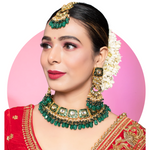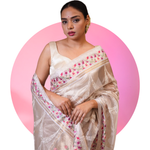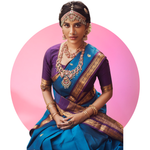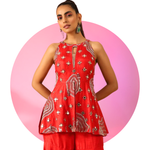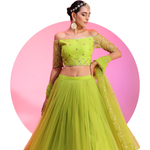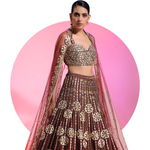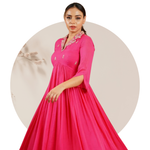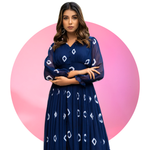Mastering the Art of the Bengali Style Saree Drape: A Step-by-Step Guide The Bengali saree, a symphony of silks and grace, holds a special place in the hearts of saree lovers worldwide. Its distinct drape, characterized by its elegant simplicity and fluid lines, is a testament to the rich cultural heritage of Bengal. But mastering this seemingly effortless style requires more than just throwing a saree over your shoulders; it demands a keen eye for detail and a gentle hand. This comprehensive guide will walk you through each step, transforming you from a saree novice into a confident wearer of this timeless beauty. Understanding the Essence of the Bengali Drape Before we dive into the specifics, it's crucial to understand the core philosophy of the Bengali saree drape. Unlike some styles that emphasize elaborate pleats and intricate tucking, the Bengali style prioritizes a clean, flowing silhouette. The focus is on showcasing the fabric's beauty and highlighting the wearer's natural elegance. Think less "structured" and more "effortlessly chic." The drape should complement your body shape, allowing for movement and comfort without sacrificing sophistication. The Essential Elements: Fabric and Accessories The right fabric plays a vital role in achieving the perfect Bengali drape. Traditional Bengali sarees often feature fine silks like muslin, jamdani, or Baluchari, known for their fluidity and drape. However, lighter cotton or even softer georgettes can work well too. The key is choosing a fabric that flows gracefully and doesn't cling too tightly. As for accessories, keep it simple and elegant. A statement blouse, delicate jewelry (perhaps a pair of jhumkas or a simple necklace), and comfortable footwear are all you need to complete the look. Step-by-Step Guide: Drape Like a Pro 1. The Foundation: Begin by tucking in the end of your saree securely at your waist, leaving about six to seven inches of fabric hanging in the front. This forms the base of your drape.
2. The First Pleat: Create a neat pleat (approximately 5-6 inches wide) and tuck it into your waistband. Repeat this process until you have created 5-7 pleats, making sure they are evenly spaced and neatly aligned. 3. Securing the Pleats: Secure these pleats by tucking them in firmly, ensuring they stay in place throughout the day. Avoid making them too tight, as this can restrict movement. 4. The Nivi Style Continuation: Unlike the typical Nivi style which wraps around the legs, the Bengali style allows the fabric to fall naturally over the left shoulder. The length of the saree hanging over your shoulder should be around 2.5 to 3 feet. 5. The Pallu: The pallu (the loose end of the saree) is draped gracefully over your left shoulder. You can choose to let it fall loosely or neatly tuck a small part of it into your blouse. Avoid letting the pallu drag on the floor; it should neatly graze the ground. 6. Final Touches: Adjust the pleats and pallu as needed to ensure a neat and comfortable drape. Experiment with different ways to drape the pallu for a unique look, always keeping the overall style relaxed and flowing. Common Mistakes to Avoid Many beginners make the mistake of creating too many pleats, resulting in a bulky and uncomfortable drape. Another common error is pulling the saree too tight, which restricts movement and creates an unnatural look. Remember, the Bengali drape is all about fluidity and grace. Styling Tips for Different Body Types
The beauty of the Bengali saree drape is its adaptability. Taller women can experiment with longer pallus, while shorter women can keep it slightly shorter. Those with curvier figures can use the drape to accentuate their waistline by adjusting the pleat placement. Experiment and Embrace Your Style Once you've mastered the basic steps, don't be afraid to experiment. Play with different fabrics, colors, and embellishments to create your signature Bengali saree look. The most important thing is to feel comfortable and confident in your outfit. Beyond the Drape: The Complete Bengali Look The Bengali saree isn't just about the drape; it's about the complete ensemble. Consider pairing your saree with traditional Bengali jewelry, such as jhumkas (bell-shaped earrings), bangles, and a bindi. Your blouse should complement the saree's color and design, but it shouldn’t overshadow it. Conclusion: Embracing the Elegance of Bengal The Bengali saree drape is more than just a style; it's a reflection of cultural heritage and personal elegance. With practice and attention to detail, you can master this graceful drape and carry yourself with the confidence of a true Bengali beauty. So, gather your saree, choose your accessories, and embrace the artistry of the Bengali style. You'll find it's an experience as rewarding as it is beautiful. Remember to share your draped saree photos on social media and use relevant hashtags like BengaliSaree, SareeDrape, IndianFashion, etc. to connect with other saree enthusiasts.

